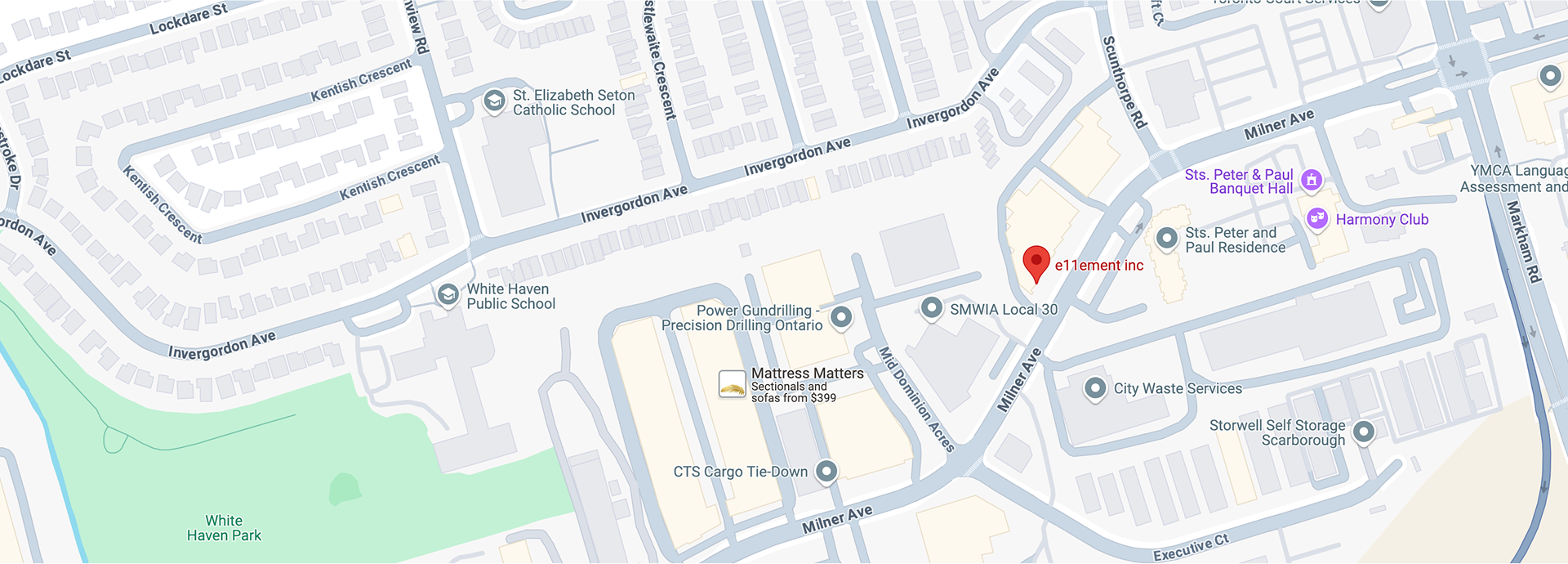In recent years, there has been a growing interest in natural alternatives for disinfection and sanitization. One such solution that has gained attention is Hypochlorous Acid (HOCl) spray, hailed for its ability to kill bacteria, viruses, and other pathogens without harmful side effects. In this article, we delve into the science behind Hypochlorous Acid and explore its role as nature's shield for safe spaces.

Understanding Hypochlorous Acid:
Hypochlorous Acid is a weak acid that forms when chlorine dissolves in water. It is produced naturally by white blood cells in the human body to fight off infections. This compound is highly effective at eliminating a wide range of microorganisms, including bacteria, viruses, and fungi, making it an ideal choice for disinfection purposes.
The Mechanism of Action:
Hypochlorous Acid exerts its antimicrobial activity by penetrating the cell walls of pathogens and disrupting their essential processes. Unlike harsh chemical disinfectants, which can leave behind harmful residues, HOCl decomposes into salt and water after use, making it safe for humans, animals, and the environment.
Applications of Hypochlorous Acid Spray:
One of the key advantages of Hypochlorous Acid spray is its versatility. It can be used to sanitize various surfaces, including countertops, doorknobs, and electronic devices, without causing any damage or discoloration. Additionally, HOCl is safe for use on food contact surfaces, making it an ideal choice for kitchens and dining areas.
Now that we understand the science behind Hypochlorous Acid spray, let's explore some practical tips for incorporating this natural disinfectant into our daily cleaning routines.
Proper Application Techniques:
- When using Hypochlorous Acid spray, it's essential to follow the manufacturer's instructions carefully. Ensure that the spray is applied evenly to the surface you wish to disinfect, covering all areas thoroughly.
- Allow the sprayed surface to air dry for optimal effectiveness. Avoid wiping or rinsing the solution off, as this can reduce its efficacy.
- For larger surfaces or areas that require thorough disinfection, consider using a spray bottle or fogging device for more efficient coverage.
Safety Precautions:
- While Hypochlorous Acid spray is safe for humans, animals, and the environment, it's essential to handle it with care. Avoid direct contact with eyes, skin, or mucous membranes, and wash hands thoroughly after use.
- Store Hypochlorous Acid spray in a cool, dry place, away from direct sunlight and heat sources. Ensure that the container is tightly sealed when not in use to prevent evaporation.
- Keep Hypochlorous Acid spray out of reach of children and pets to prevent accidental ingestion or misuse.
Integration into Daily Cleaning Routines:
- Incorporate Hypochlorous Acid spray into your daily cleaning routine to maintain a clean and hygienic environment. Use it to disinfect frequently touched surfaces such as doorknobs, light switches, and remote controls.
- In high-traffic areas such as kitchens and bathrooms, use Hypochlorous Acid spray regularly to prevent the spread of germs and bacteria. Pay special attention to areas prone to moisture, as these can harbor microbial growth.
- Consider using Hypochlorous Acid spray as a pre-treatment before applying other cleaning products for enhanced disinfection.
Environmental Considerations:
- Unlike conventional disinfectants that can harm the environment, Hypochlorous Acid spray is biodegradable and environmentally friendly. It breaks down into harmless components after use, leaving behind no harmful residues.
- By choosing Hypochlorous Acid spray over chemical-based disinfectants, you can reduce your environmental impact while still maintaining effective cleaning and sanitation practices.
Conclusion:
In conclusion, Hypochlorous Acid spray offers a safe, effective, and environmentally friendly solution for disinfecting and sanitizing various environments. By following proper application techniques, safety precautions, and integrating it into our daily cleaning routines, we can harness the power of nature to create safer and healthier spaces for ourselves and our families.























